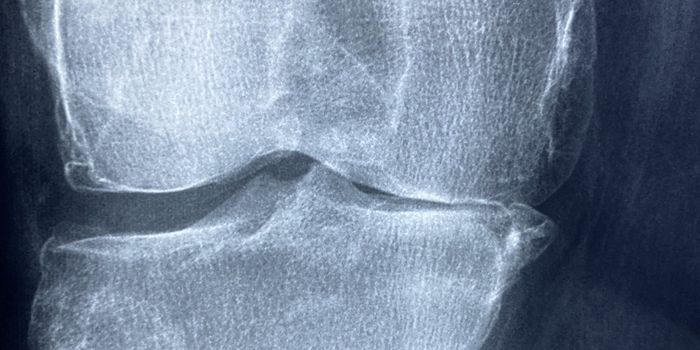New Mechanisms Discovered that Drive Immune Cell Function
The responsibility of the immune system protects the human body from infections and diseases. This system is made of two separate responses that occur sequentially. The first or innate immune system initially detects pathogens and has a general response to the invader. These cells work to eliminate the pathogen and limit its spread. The second or adaptive response more specifically targets the disease by activating cells designed to lyse or kill. These cells are known as T cells and are an integral component to the immune response. Different cells in the immune response help orchestrate T cell signaling, activation, and function. One example includes cells in the innate immune system that help bridge the gap between the first and second response. Antigen presenting cells (APCs) are cells that take peptide that identify an infection and present it to T cells. This presentation gives the T cells instructions on which infected cells to target. As a result, this process activates T cells and is a major element to eliciting a complete and efficient immune response. One cell type known as the “classical APC” is the dendritic cell. Dendritic cells were first discovered by Dr. Ralph Steinman, at Rockefeller University, for their spindle, branch-like appearance which allows them to survey the area for peptides to present and activate T cells.
Dendritic cells are particularly good at initiating an effective T cell response against disease. However, there are still many unanswered questions. Two fundamental questions still elude scientists: What drives the difference between dendritic cells in regard to genetic expression and function? Elements outside and within the cell determine these differences and one protein in particular has gained major interest in the scientific community. A protein referred to as “Bcl6” was found to be critical in the development of dendritic cells. Although Bcl6 seems beneficial for dendritic cells, other reports in the literature have shown it can be harmful to the immune system based on how it dictates dendritic function.
A recent paper in Nature Communications by Dr. Katharina Lahl from the University of Calgary, demonstrated that Bcl6 is critical for specific subsets of dendritic cells, which in turn lead to immune response changes. More specifically, when researchers knocked out Bcl6 in dendritic cells, they found that a specific dendritic cell subtype referred to as “cDC2” is dependent on Bcl6. The absence of Bcl6 in this subpopulation results in elimination of cDC2s and an impaired immune response to infection. Consequently, when mice were given an infection with this gene knocked out, they demonstrated less activated T cells and did poorly overall. Additionally, deletion of Bcl6 also caused infection recovery delays in the intestinal tract and spleen.
Researchers found that Bcl6 is necessary for dendritic cells to elicit a specific T cell response. This gene is also in T cells and the expression in both cell types is needed to complement each other and act synergistically for the activation of the immune system. Overall, these findings provide a foundational understanding of dendritic cell development and the mechanism necessary for dendritic cells to activate the adaptive immune response. This work has potential to be applied to the clinic by developing new therapeutic strategies to enhance Bcl6 in dendritic and T-cells. These therapies would work to enhance dendritic cell function during an infection or block Bcl6 during an allergic reaction or autoimmune disease.
Paper, Nature Communications, Katharina Lahl, University of Calgary, Ralph Steinman, Rockefeller University



















































